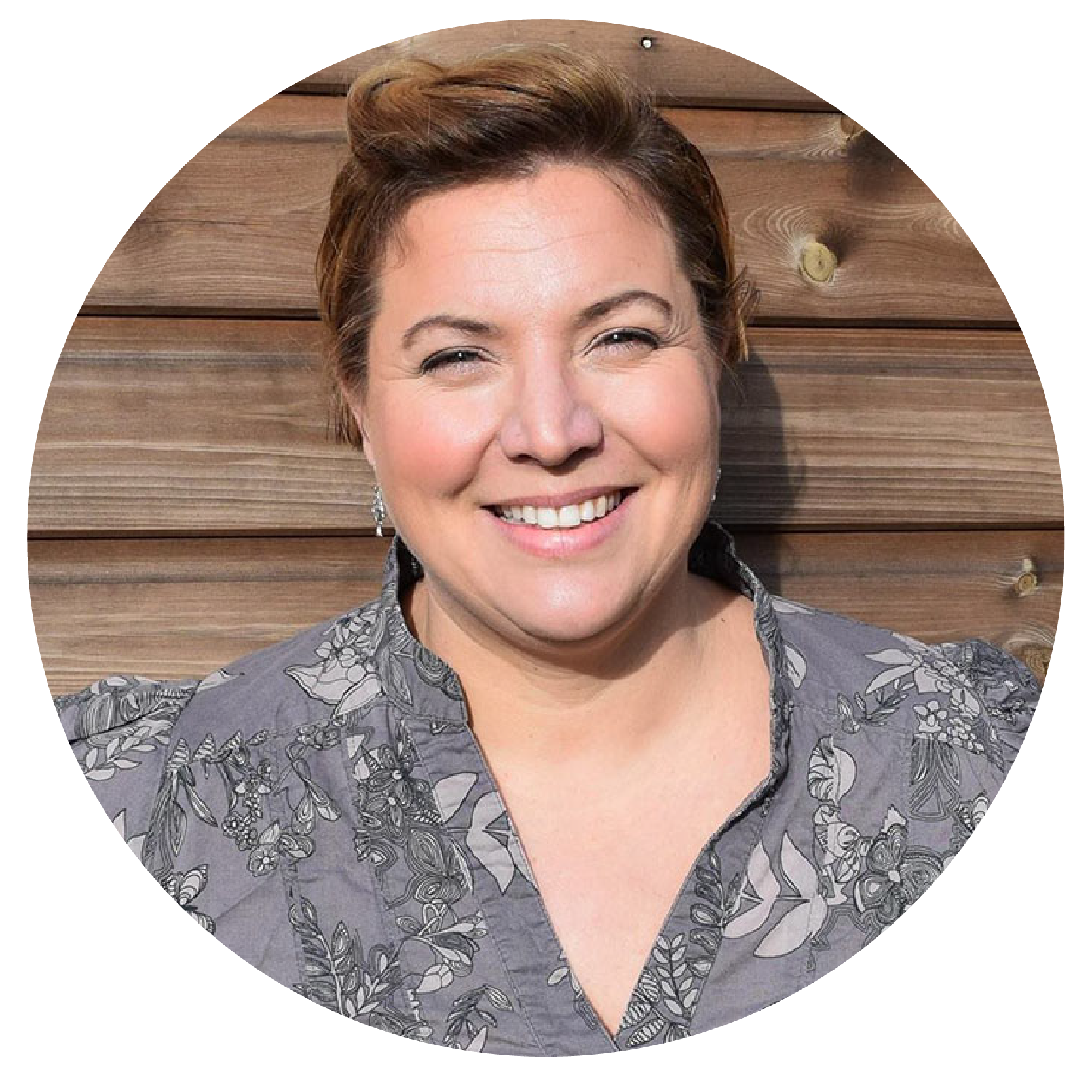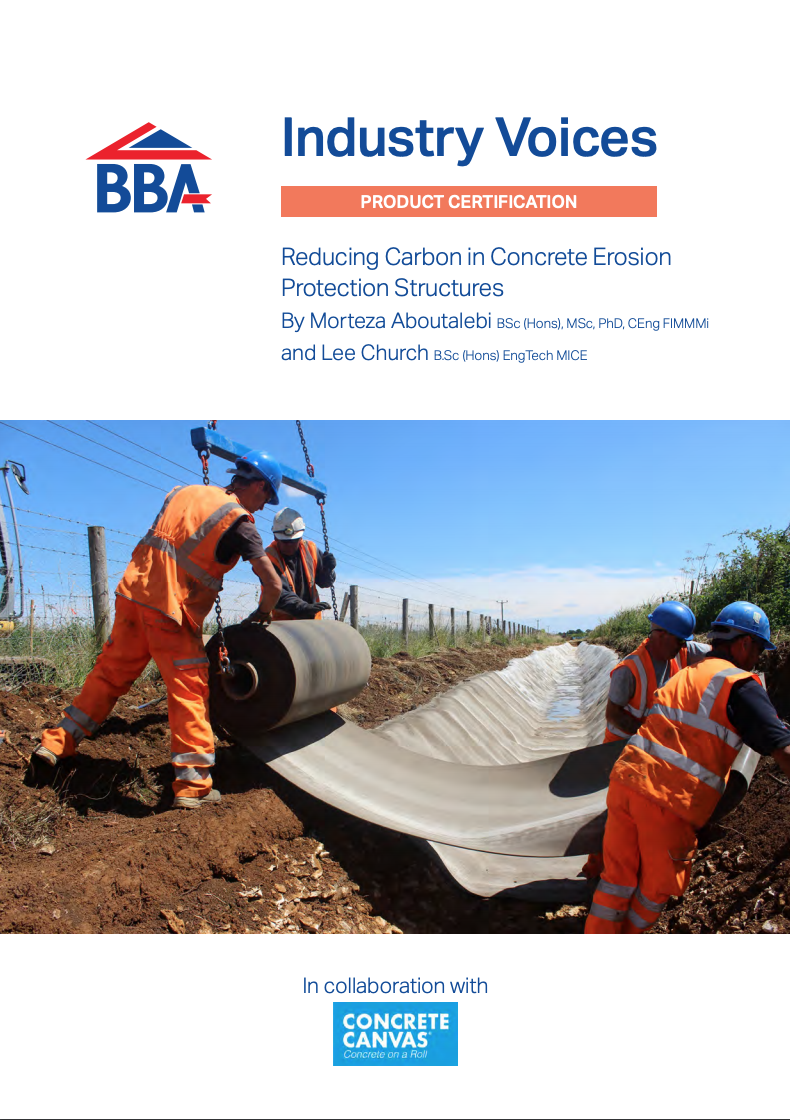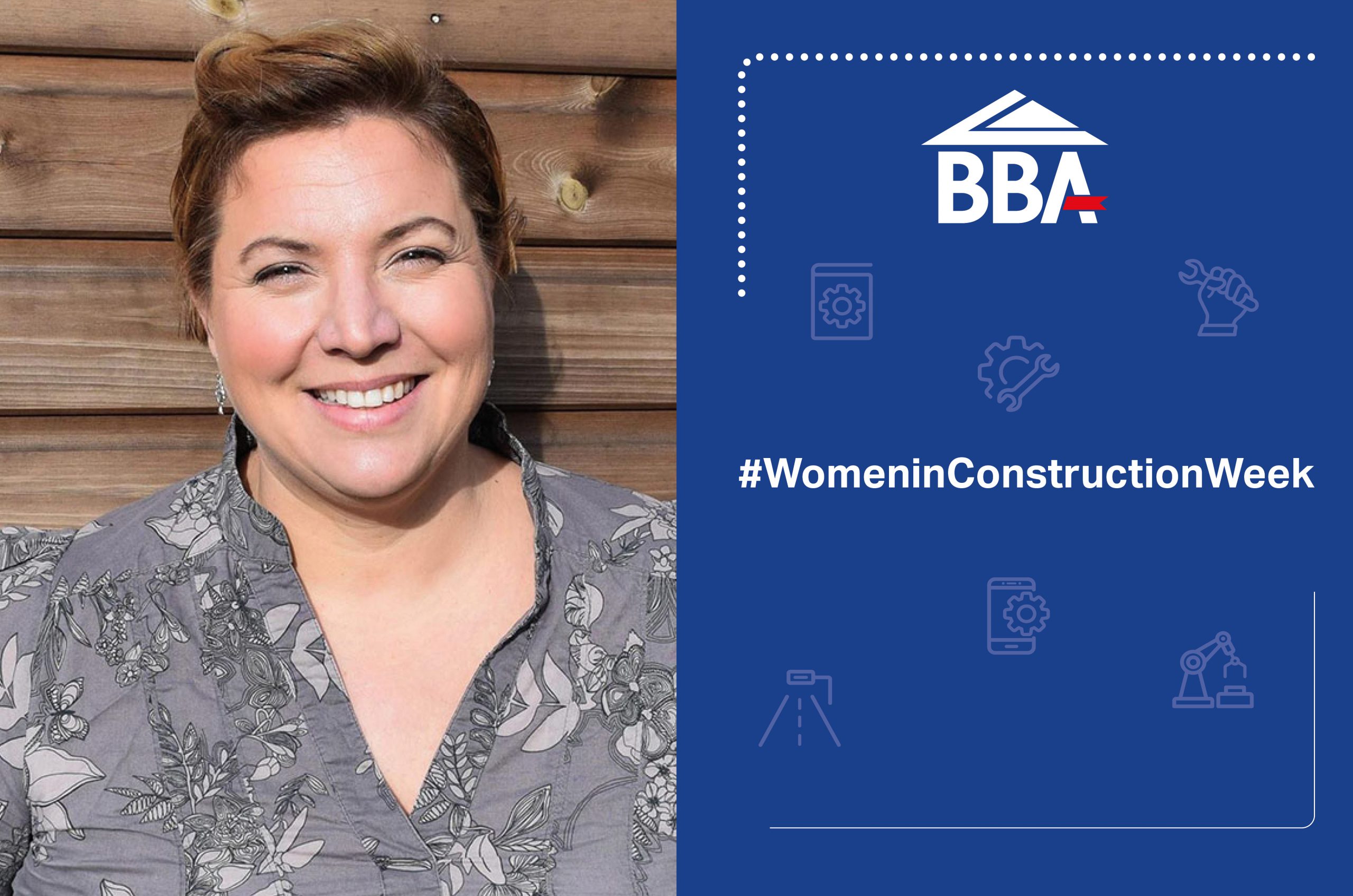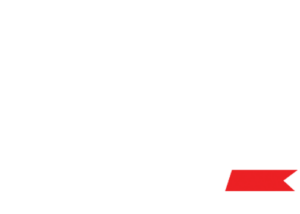More than ever before, we believe that it’s important to shine light on the huge number of women who are influencing the Construction landscape for the better.
The focus of Women in Construction (WIC) Week 2021 is to highlight women as a viable component of the construction industry and to emphasise the growing role of women in the industry
In support of Women In Construction Week, we sat down with our Head of Marketing, Katy, to find out more about her experience of working in the industry.

Katy, Head of Marketing
Q1. Tell us about your role here at BBA
My role at the BBA is to head up the Marketing Team. However, as a team, we believe less in hierarchy, and more in working together to get things done. We’re a team made up of a diverse bunch of skills – and we believe in playing to our strengths for the good of our clients, our partners, and us an organisation.
Q2: What do you enjoy most about your role and do you face any challenges?
In Marketing, no two days are ever the same. Nor should they be. I think that’s what I love most about what I do. I’m a very structured person – and I love the opportunity to be innovative and creative. And working with a team of different personalities challenges and stretches me to deliver even better. And at the BBA, because we’re an in exciting phase of the business, we’re playing with even more ideas about exposing the wealth of skills and experience within the business. For obvious reasons, Covid has thrown many challenges at us – and one has been to develop the art of remote collaboration. But even though our team may be based all over the UK, we may as well be sitting shoulder to shoulder in the office.
Q3: Have you seen a change from when you first joined the industry, compared to the present day?
I’ve been on both sides of the industry throughout my career. Both on the side of provision of services, as well as working within the industry directly. Although I have seen changes over the past 10 or so years, I’m still surprised by the amount of opportunity that still exists from a digitisation point of view; not only in the way the industry uses data to drive decisions, but also the industrial culture and aptitude to buy into new ways of doing things. The amount of innovation that sits within the landscape is immense – and it is growing steadily year-on-year. What I’d like to see more of is the cultural adoption of a more innovative, digitally-enabled market that drives safety, quality, and best-in-class practise.
Q4: How do you think more women could be encouraged to work in construction?
It’s a tough one. The message of opening up traditionally male-oriented industries to a stronger female presence is not a new one. But, sadly, it’s still a message that exists. And it’s not limited to only Construction. I believe a big part of the solution lies in the exposure of the opportunities that exist for women throughout the entire supply chain – regardless of industry type. From design right through to maintenance and management post-build. And something appears to be working because the number of women working in construction is on the increase. A long way away from Lady Elizabeth Wilbraham who was the first woman to produce architectural drawings for the rebuilding of St Andrew’s Church in Staffordshire (1701), it’s encouraging to note that there is an ever-growing number of women-owned construction businesses year-on-year, and an increasing amount of women moving into Construction from tertiary education.
Q5: What would you say to future generations of women who want to get into construction?
Construction has always been synonymous with hard hats and steel toe-capped boots; an industry that is filled with banter and stereotypes where women have not always felt that they had a place. Construction is not just about the build, construction is about the research, the invention, the analytical. It’s about the design, the promotion, the acquisition, the intellect. The Construction world is not just about being a tradesperson. Whether you’re standing on a dust-covered site reviewing architectural plans, or whether you’re sitting in a building in the centre of London, the opportunity that awaits women to continue to bring insight and drive is plentiful, and your place in the market is waiting for you, to make a difference.
Share This Story, Choose Your Platform!
Related News
More than ever before, we believe that it’s important to shine light on the huge number of women who are influencing the Construction landscape for the better.
The focus of Women in Construction (WIC) Week 2021 is to highlight women as a viable component of the construction industry and to emphasise the growing role of women in the industry
In support of Women In Construction Week, we sat down with our Head of Marketing, Katy, to find out more about her experience of working in the industry.

Katy, Head of Marketing
Q1. Tell us about your role here at BBA
My role at the BBA is to head up the Marketing Team. However, as a team, we believe less in hierarchy, and more in working together to get things done. We’re a team made up of a diverse bunch of skills – and we believe in playing to our strengths for the good of our clients, our partners, and us an organisation.
Q2: What do you enjoy most about your role and do you face any challenges?
In Marketing, no two days are ever the same. Nor should they be. I think that’s what I love most about what I do. I’m a very structured person – and I love the opportunity to be innovative and creative. And working with a team of different personalities challenges and stretches me to deliver even better. And at the BBA, because we’re an in exciting phase of the business, we’re playing with even more ideas about exposing the wealth of skills and experience within the business. For obvious reasons, Covid has thrown many challenges at us – and one has been to develop the art of remote collaboration. But even though our team may be based all over the UK, we may as well be sitting shoulder to shoulder in the office.
Q3: Have you seen a change from when you first joined the industry, compared to the present day?
I’ve been on both sides of the industry throughout my career. Both on the side of provision of services, as well as working within the industry directly. Although I have seen changes over the past 10 or so years, I’m still surprised by the amount of opportunity that still exists from a digitisation point of view; not only in the way the industry uses data to drive decisions, but also the industrial culture and aptitude to buy into new ways of doing things. The amount of innovation that sits within the landscape is immense – and it is growing steadily year-on-year. What I’d like to see more of is the cultural adoption of a more innovative, digitally-enabled market that drives safety, quality, and best-in-class practise.
Q4: How do you think more women could be encouraged to work in construction?
It’s a tough one. The message of opening up traditionally male-oriented industries to a stronger female presence is not a new one. But, sadly, it’s still a message that exists. And it’s not limited to only Construction. I believe a big part of the solution lies in the exposure of the opportunities that exist for women throughout the entire supply chain – regardless of industry type. From design right through to maintenance and management post-build. And something appears to be working because the number of women working in construction is on the increase. A long way away from Lady Elizabeth Wilbraham who was the first woman to produce architectural drawings for the rebuilding of St Andrew’s Church in Staffordshire (1701), it’s encouraging to note that there is an ever-growing number of women-owned construction businesses year-on-year, and an increasing amount of women moving into Construction from tertiary education.
Q5: What would you say to future generations of women who want to get into construction?
Construction has always been synonymous with hard hats and steel toe-capped boots; an industry that is filled with banter and stereotypes where women have not always felt that they had a place. Construction is not just about the build, construction is about the research, the invention, the analytical. It’s about the design, the promotion, the acquisition, the intellect. The Construction world is not just about being a tradesperson. Whether you’re standing on a dust-covered site reviewing architectural plans, or whether you’re sitting in a building in the centre of London, the opportunity that awaits women to continue to bring insight and drive is plentiful, and your place in the market is waiting for you, to make a difference.
Share This Story, Choose Your Platform!
Related News
Get in touch
Please complete the form below and we will contact you as soon as possible.
To help us to respond to your inquiry as quickly as possible, we have put a handy list of our services below.


